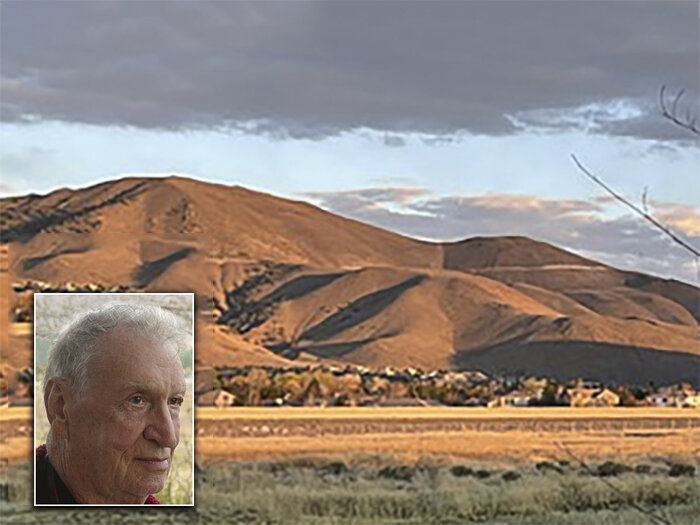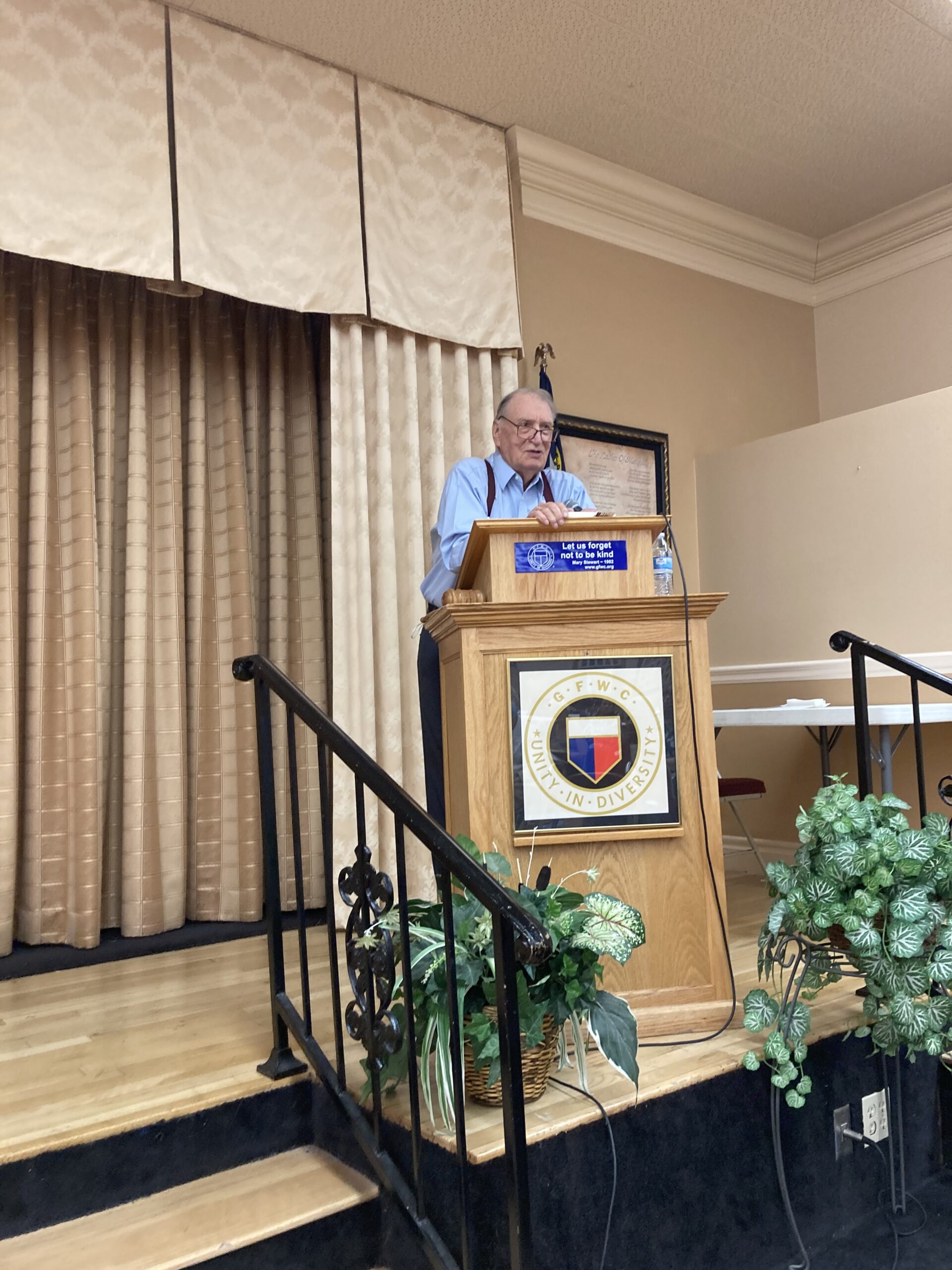An Earthquake Baby
An Earthquake Baby
I was the doctor on call at the USPHS Indian Hospital in Schurz, NV. My housing was next door to the hospital so a call from the nurse that a lady in labor had arrived at the hospital made for an easy response. I put on my scrubs and stepped next door to see a woman we had followed in prenatal clinic and knew to be due soon. She had delivered children previously and was progressing rapidly to delivery.
A short time after admission we moved her to the delivery room, proceeded with standard procedures. She was placed in stirrups and I was masked, scrubbed, gloved, and gowned. I sat on the rolling stool that was in its usual place and I placed my gloved hands on her to guide the baby’s head and complete delivery of the infant. Just as the head of the baby pushed itself into the world my rolling chair shook and my position was dislodged and I had to lunge to catch the infant’s head and then complete delivery, even as the floor shook gently and the instrument tray on rollers moved across the room away from my grasp. I was disoriented but focused on holding onto the baby, clamping and cutting the cord after I had reached the suction bulb and cleared the baby’s nose and throat.
When those tasks were accomplished I looked at the assisting staff members and said, “What was that?” “Just one of our little earthquakes doctor,” one of the Indian aides said. All was well.
Two days later I was driving out of the hospital grounds when I saw the horses in the field across from the hospital suddenly start to run and then I felt the car shudder and jitter on the driveway and I knew we’d had another quake, after shock probably.
I went to Yerington and assisted the doctor on a surgical procedure on one of our Indian patients. We discussed earthquakes and the disorienting sensations that a person feels while experiencing a quake. The doctor assured me we were in the safest place possible as the operating room at the Yerington Hospital (Now South Lyon Medical Center) had been built to be earthquake proof.
When we left the operating theater there was a buzz of excitement in the hospital staff standing around in the hallway talking excitedly,
“Did you feel that one? Did you feel it? That’s the biggest one yet?” Isolated in the specially built OR we had not felt a thing.
The tremors I have felt in 2021 have not been nearly as thrilling.


